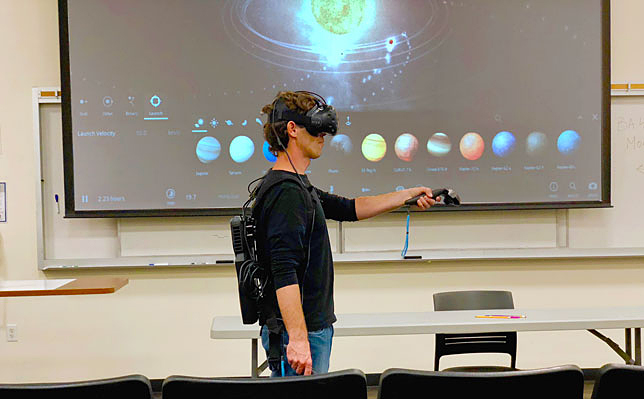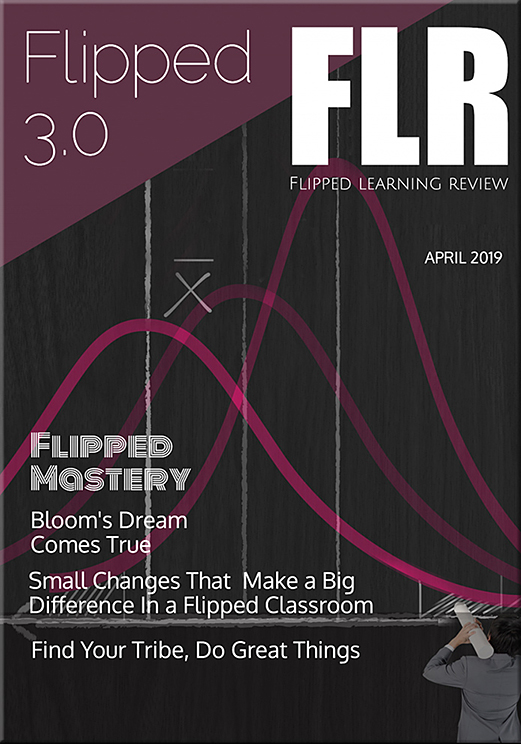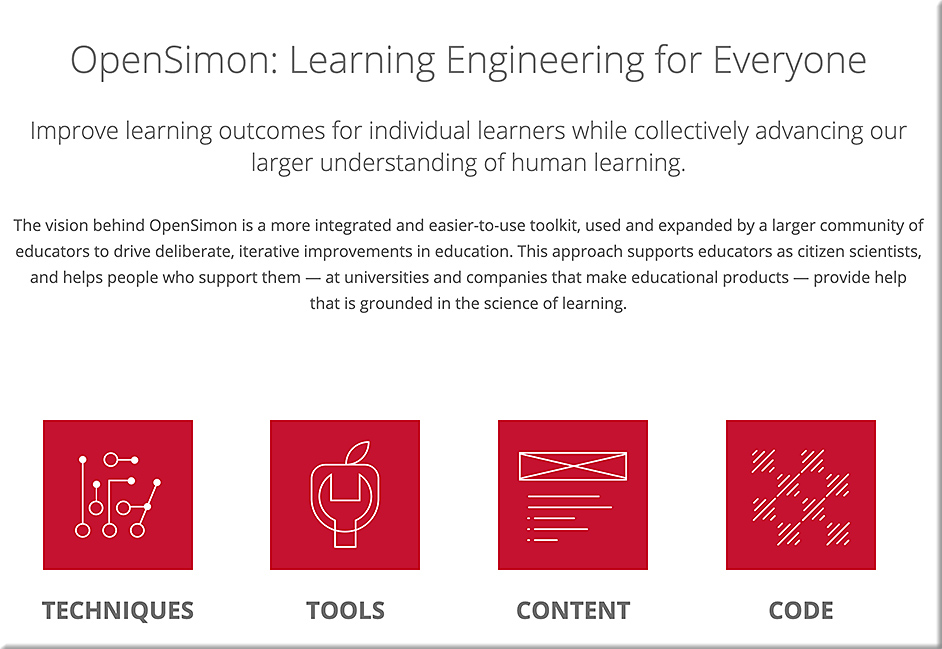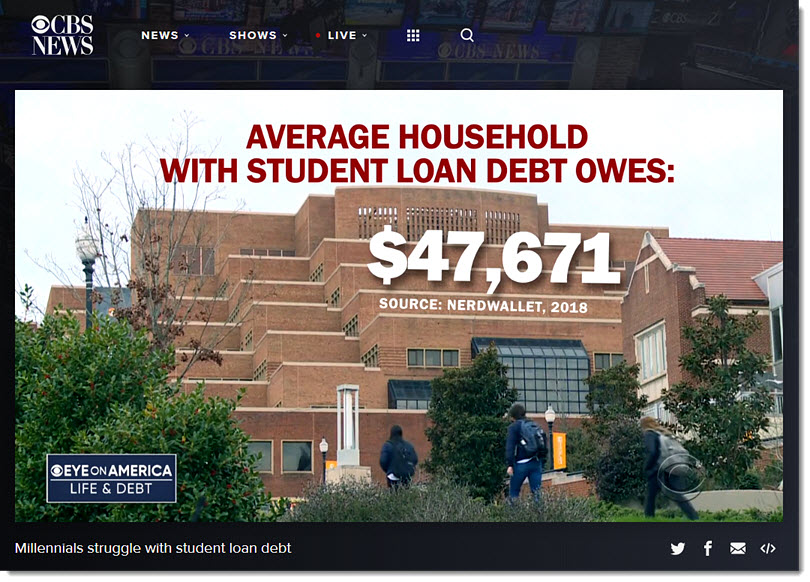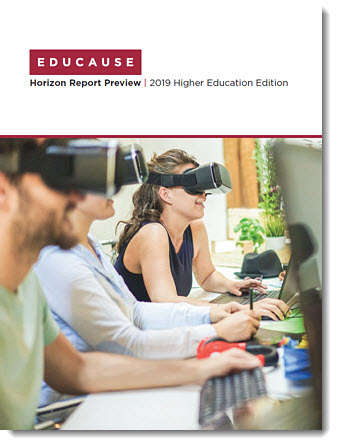9 amazing uses for VR and AR in college classrooms — from campustechnology.com by Dian Schaffhauser
Immersive technologies can help students understand theoretical concepts more easily, prepare them for careers through simulated experiences and keep them engaged in learning.
Excerpt:
Immersive reality is bumping us into the deep end, virtually speaking. Colleges and universities large and small are launching new labs and centers dedicated to research on the topics of augmented reality, virtual reality and 360-degree imaging. The first academic conference held completely in virtual reality recently returned for its second year, hosted on Twitch by Lethbridge College in Alberta and Centennial College in Toronto. Majors in VR and AR have begun popping up in higher education across the United States, including programs at the Savannah School of Design (GA), Shenandoah University (VA) and Drexel University Westphal (PA). Educause experts have most recently positioned the timing for broad adoption of these technologies in education at the two-year to three-year horizon. And Gartner has predicted that by the year 2021, 60 percent of higher education institutions in the United States will “intentionally” be using VR to create simulations and put students into immersive environments.
If you haven’t already acquired your own headset or applied for a grant from your institution to test out AR or VR for instruction, it’s time. We’ve done a scan of some of the most interesting projects currently taking place in American classrooms to help you imagine the virtual possibilities.









